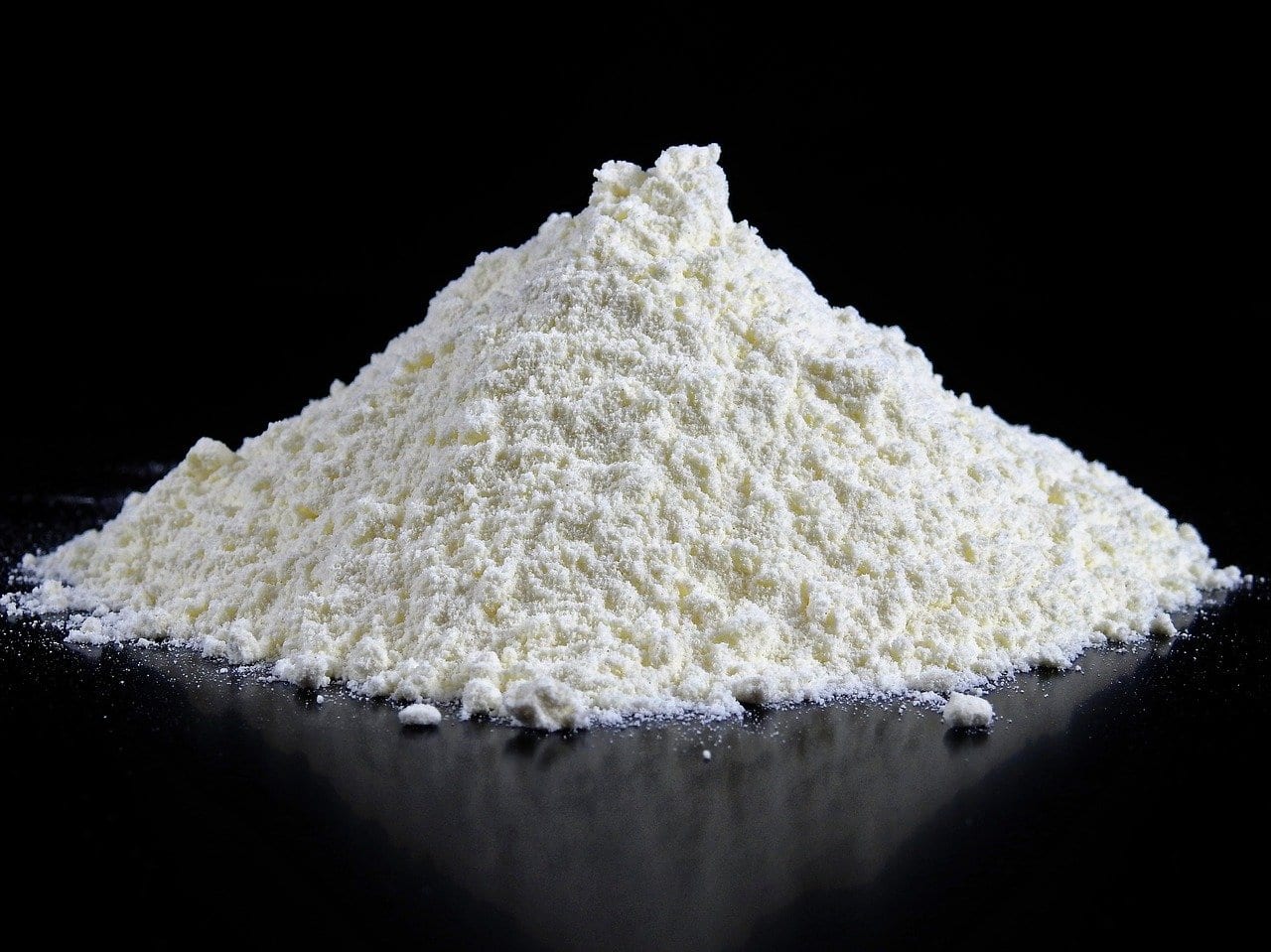Which is the less fattening bread? This is a food without which many of us cannot imagine meals. However, many people concerned about their weight choose leave it. If you are one of those people you should not worry. Next we will make an analysis of the main types of breads to find the most healthy and the one who gets less fat. So you can continue enjoying it.
The main difference between breads is the content in gluten o sugar. As well as the greater or lesser contribution of nutrients, fats or salt. The caloric difference is usually not important because flour is the main ingredient common to all of them. That is why Scientists They have been racking their brains for years in search of the healthiest. And it is that its high content in hydrates and its great calorie intake they entail a moderate consumption in those who do not lead an active life.
White is not the least fattening bread
Un study published in the NIH that lasted four years came to a surprising conclusion. According to him, reducing the consumption of white bread reduces abdominal fat and weight. The mechanisms who has this kind of bread for him weight gain They are varied. These include elevated insulin, low satiety, inflammation, addiction, or intestinal damage. Gluten has also been shown in an animal study to promote weight gain. This is the most consumed in Spain, although there are other options.
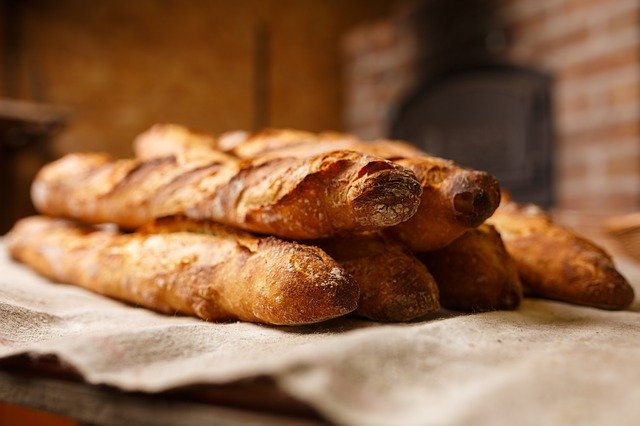
Wholemeal bread
The cereal grain contains three parts: lto shell, the central almond (what we usually eat and what is white flour) and another is the germ, the living part of the cereal. Whole wheat bread uses all three, while white uses only refined flour, discarding the peel and germ. It has a low glycemic index, is satiating and has more vitamins and nutrients than white. It has 258 kilocalories per 100 grams, according to Spanish Nutrition Foundation (FEN)
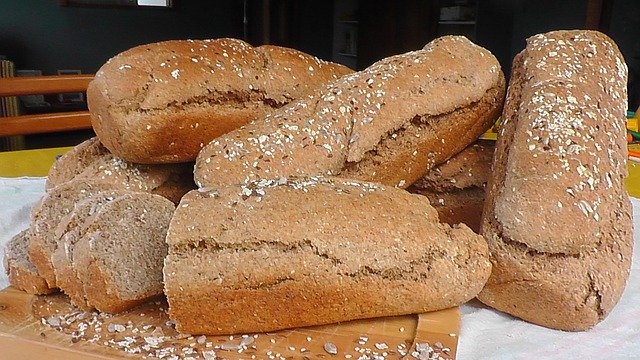
Sprouted bread
This is little known. It does not need yeast because it is made with cereals already germinated. Among these we can point out some such as rice, soy, millet, Wheat barley. spelled, oats, rye, peanuts, lentils ... It has some nutritional benefits compared to other whole grain breads. For example, germination increases the proportions of some vitamins. However, these virtues are not very significant. Where it stands out is when compared to refined grains. The taste is very different and does not contain preservatives.
Sourdough bread
This bread is made with bacteria of the yeast culture naturally present in food. These have been in use for millennia. The aforementioned fermentation process greatly reduces the gluten and improves glucose metabolism. It improves digestion and is also preservative-free.
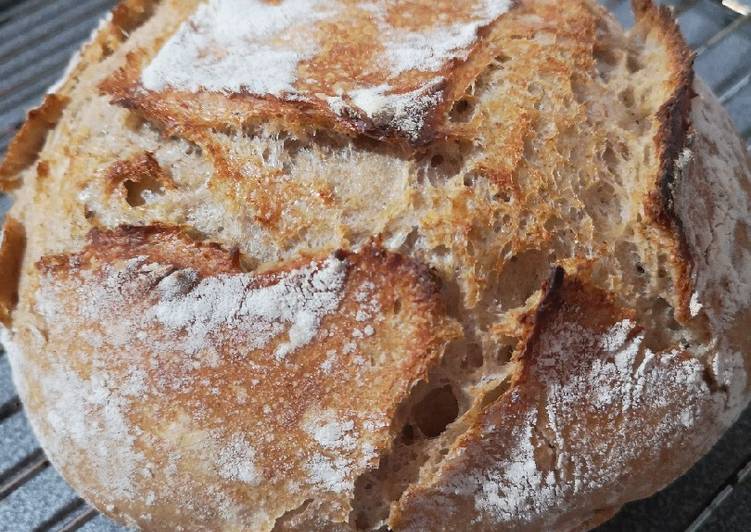
Pan Glass
What is crystal bread? This class among the breads with a curious name is characterized by its hydration. Nine hundred grams of water are used for every kilo of flour. This results in a very thin and crispy crust that coats the crumb. This is not very dense and has a mild flavor. Was created by Jordi Noven in Barcelona in 2004. He was tired of hearing that crumbs make you fat and that is why he created a bread in which almost everything is crust. It has 249 calories per hundred grams. Will it be the less fattening bread?
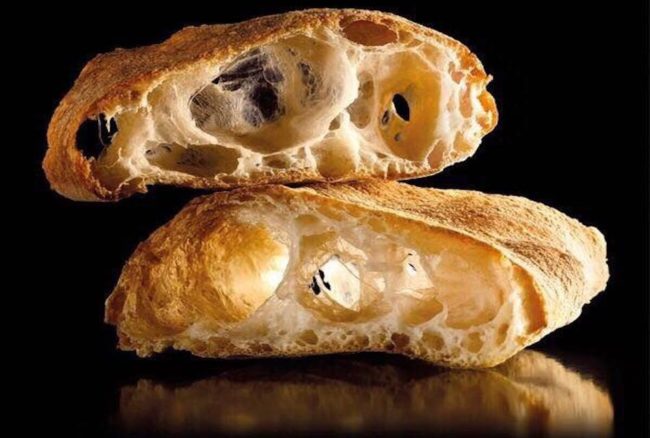
Bread
Has less calories than white bread, 260 per 100 grams according to the aforementioned FEN. Even so, we must remember that the fact that it has fewer calories does not mean that it is healthier. It is the bread that sugar contains, since this is necessary to form its characteristic crust. It also contains low quality fats y additive.
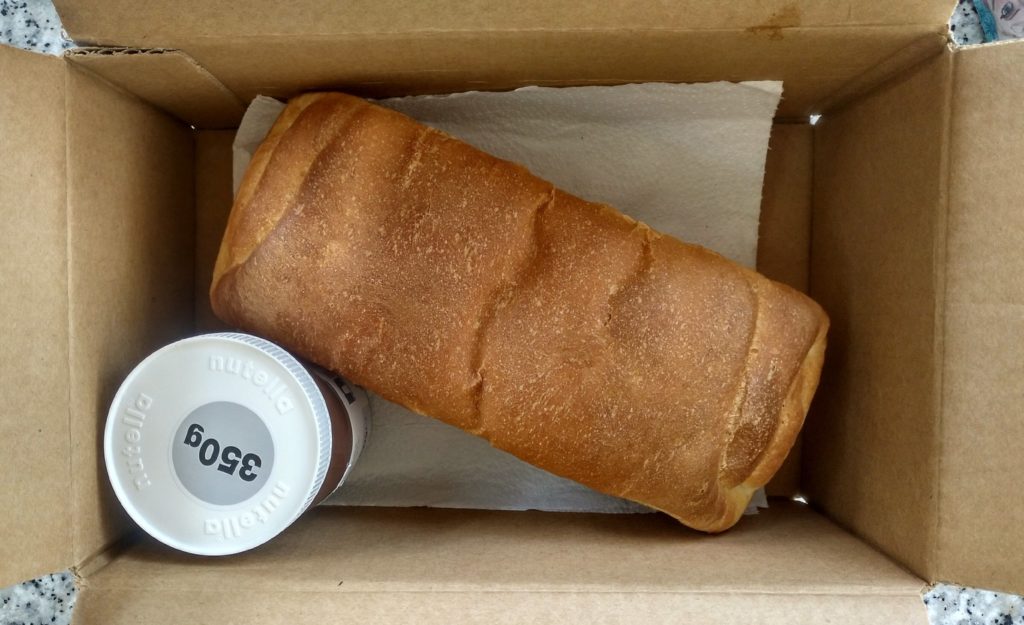
Rusks and spikes
The biscuits are very typical when it comes to spread. These reach 390 calories per 100 grams (the peaks they almost reach 380). We must moderate its consumption due to the presence of ingredients such as sugar o glucose syrup at. Instead, spikes present a healthier alternative. It's easy to find spike varieties with quality ingredients like virgin olive oil extra. They also carry the typical ingredients of bread such as wheat flour, yeast, water or salt.

Who is the winner?
Can't speak of just one like him less fattening bread. We must consume all the mentioned varieties in moderation. However, white bread is the clear loser. It could be said that the most virtuous is the sprouted bread. It contains most of the benefits of whole wheat but reduces the glycemic response. This means that your blood sugar does not rise as much. The integral comes out better than the white. This is due to the nutritional poverty of the second, to the fact that it does not satisfy and to the use of refined flour.
The mold and the biscuits are not a good option either due to their industrial production and their high sugar content. The glass bread, on the other hand, is the one that fewer calories contains (249 per 100 grams). Let's not claim victory for the moment. It is a variety that has not been around for a long time and therefore studies are lacking. In addition, it is prepared with strength flour and it contains more gluten than conventional refined. Increasing your gluten intake does not seem like a good alternative to lose weight.
In conclusion, you already know which are the best alternatives among all. Choose the least fattening bread according to your frequency of consumption and the diet you follow.



